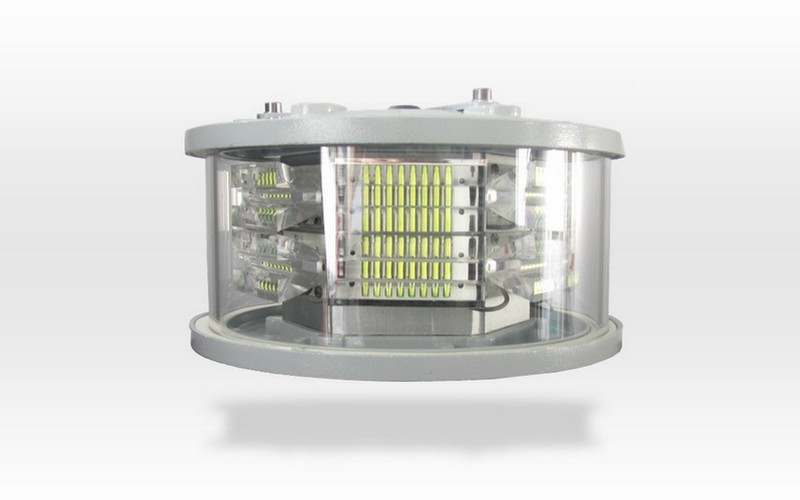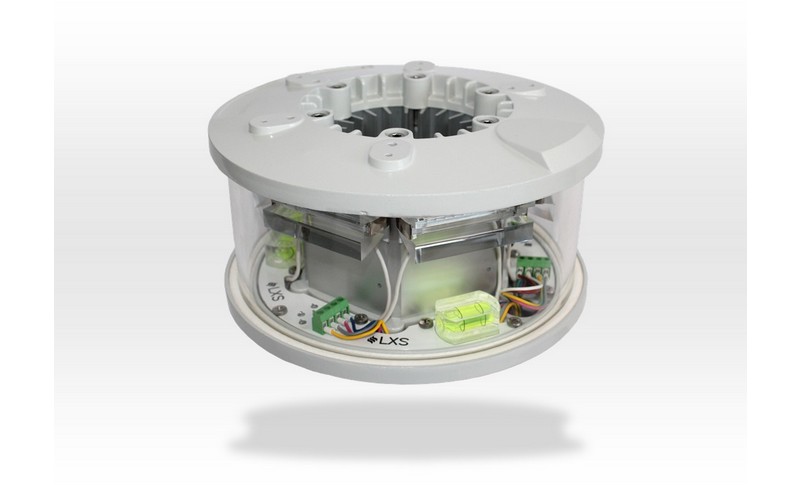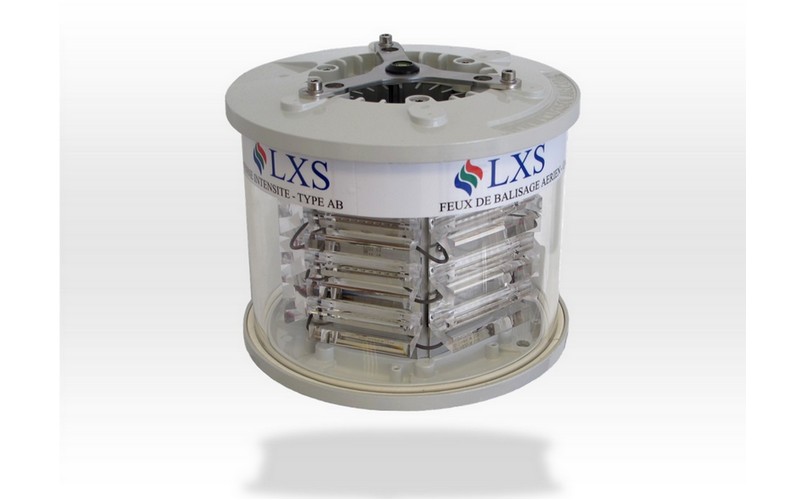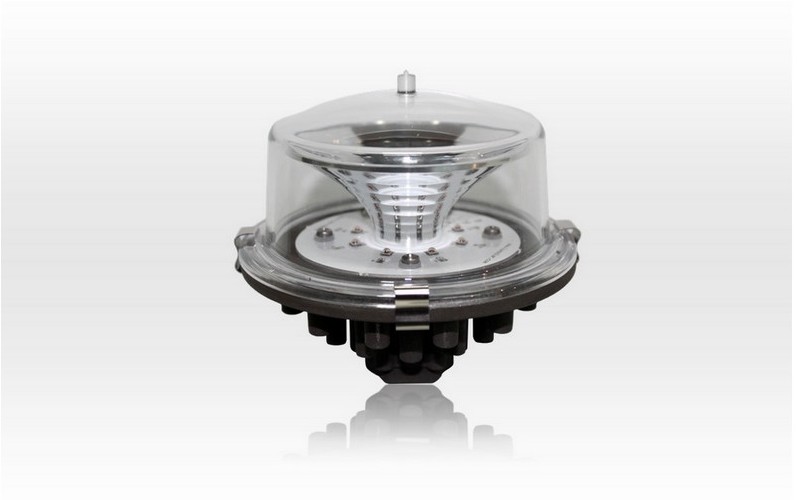
Obstruction lights for chimneys
PROMIC supplies obstruction lights solutions, and dedicated electric cabinets,
for all kind of chimneys considered as obstacles for aircrafts.
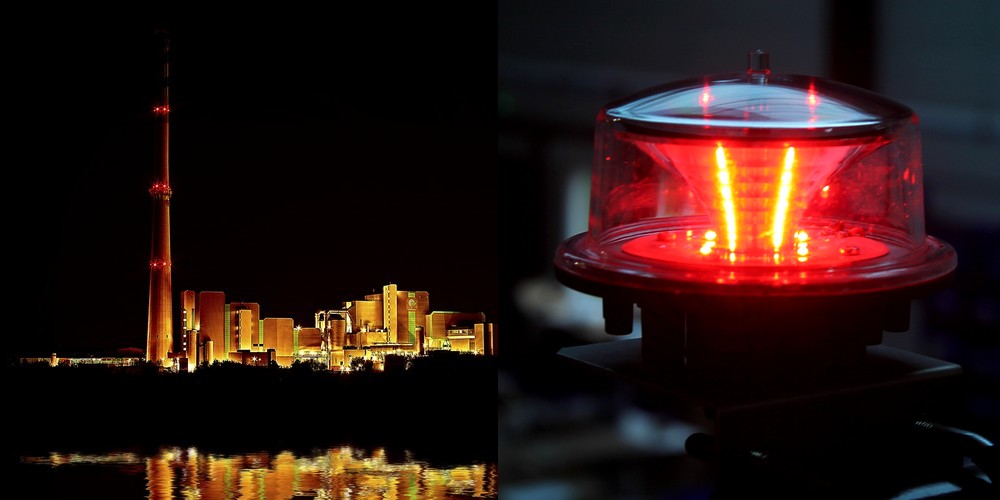
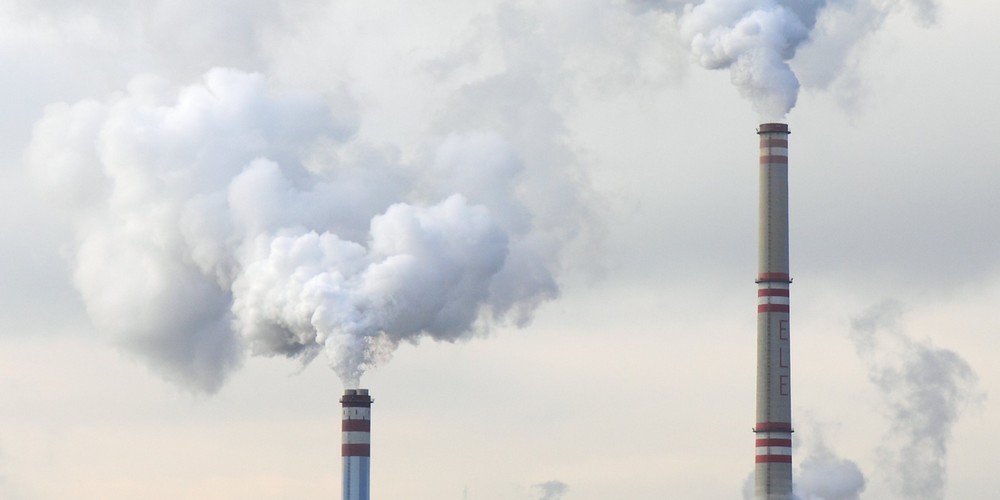
Chimneys beaconing
According to the red and white painting or not of the chimney, the airway obstruction has to be lighted by different ways.
The obstruction lights shall be put between 1,5 and 3 meters below the top of the chimney in order to avoid a potential disruption by the smoke.
The number of obstacle lights and their arrangement on the chimney shall be such that the structure is indicated from every angle in azimuth.
If one of the beacons set up on the chimney is not visible from one direction, one or more aircraft warning lights shall be added on it, in order to insure the beaconing of its complete contour.
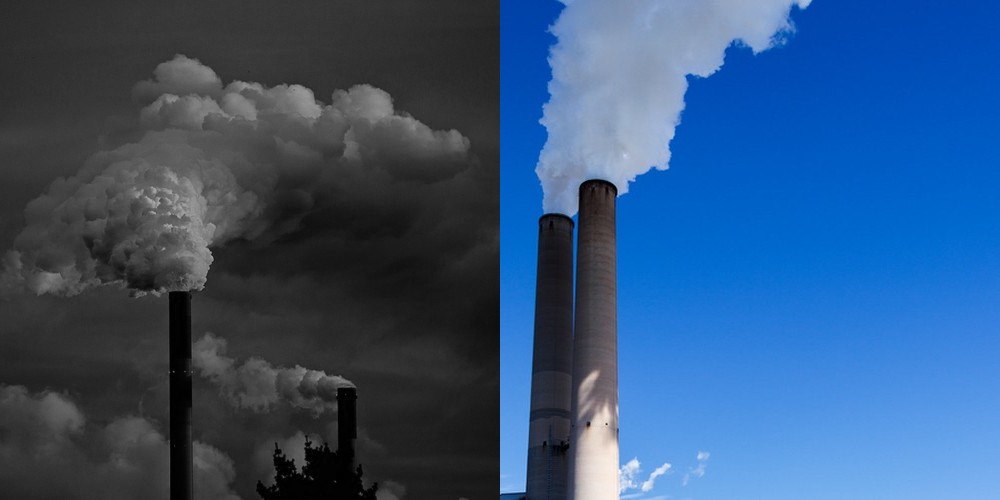
Chimneys beaconing implementation
In accordance with the chimney diameter, the number of obstruction lights you have to set up in a lights level can vary from 3 to 6.
Depending on the height, the aircraft warning light type to use for the chimneys beaconing can be either low intensity (LIOL B), either medium intensity (MIOL B or MIOL AB) or high intensity if the obstacle is higher than 150 meters.
In case of power cut (230V), an emergency power cabinet insuring 12 hours of minimum autonomy shall complete the installation.
Chimneys beaconing less than 45 meters
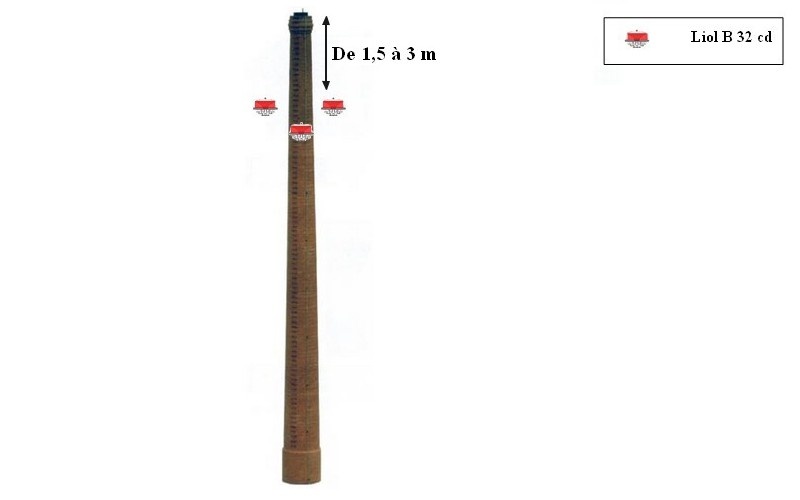
Even if the chimneys have red and white paintings, 3 low intensity obstruction lights LIOL B are necessary for the nocturnal beaconing.
The beacons have to be put between 1,5 and 3 meters below the top of the structure to avoid a potential disruption by the smoke.
In case of power cut (230V), an emergency power cabinet insuring 12 hours of minimum autonomy shall complete the installation.
Chimneys beaconing between 45 and 105 meters
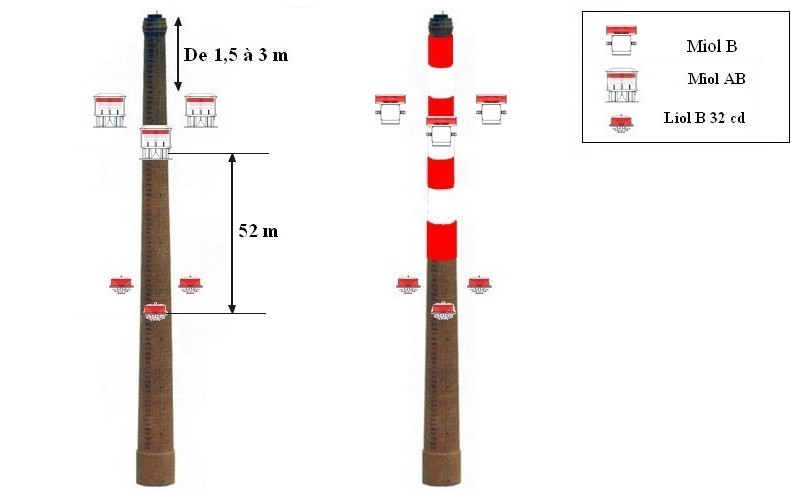
Upper 45 meters, the chimney shall be equipped with a diurnal and nocturnal beaconing.
If the structure has red and white paintings, only nocturnal beacons are advised: medium intensity obstacle lights MIOL B at the top and low intensity beacons LIOL B on the middle of the structure.
If the structure is unpainted, diurnal and nocturnal aircraft warning lights are necessary: medium intensity obstruction lights MIOL AB shall be installed at the top, with an intermediary level of LIOL B.
Chimneys beaconing between 105 and 150 meters

Between 105 and 150 meters, the same beacons are advised:
Depending on the obstacle height, it can be necessary to put another LED beacons level. The height between the medium intensity AWL should not exceed 105 meters, and the one between low intensity AWL does not exceed 52 meters.
Chimneys beaconing over 150 meters

Higher than 150 meters, a painted red an white chimney shall be beaconed with at least two MIOL AB levels, at a maximal distance between them of 105 meters, and two intermediary LIOL B levels.
However, if the chimney isn’t painted, it has to be beaconed with high intensity obstruction lights HIOL A at the top, and at intermediary levels every 105 meters.
The obstacle light HIOL A enables the diurnal and nocturnal beaconing of the structure.




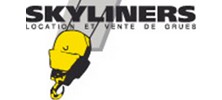
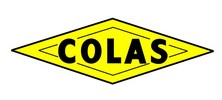



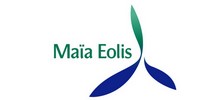
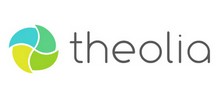

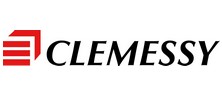




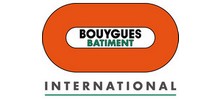

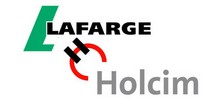

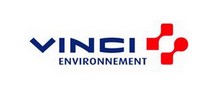





-

Comment remplacer une balise d'hélistation défectueuse avec une balise lumineuse encastrée HFTR ?
Tunis: the Culture Tower lighted by PROMIC obstruction light
-

Comment remplacer une balise d'hélistation défectueuse avec une balise lumineuse encastrée HFTR ?
Marseille: the CMA CGM tower lighted by PROMIC
-

Comment remplacer une balise d'hélistation défectueuse avec une balise lumineuse encastrée HFTR ?
Beaconing of local project for PROMIC: the Envol Stadium
-

Comment remplacer une balise d'hélistation défectueuse avec une balise lumineuse encastrée HFTR ?
An efficient solution for crane operators: the beaconing kit for cranes
-

Comment remplacer une balise d'hélistation défectueuse avec une balise lumineuse encastrée HFTR ?
The kit for wind measurement mast:


